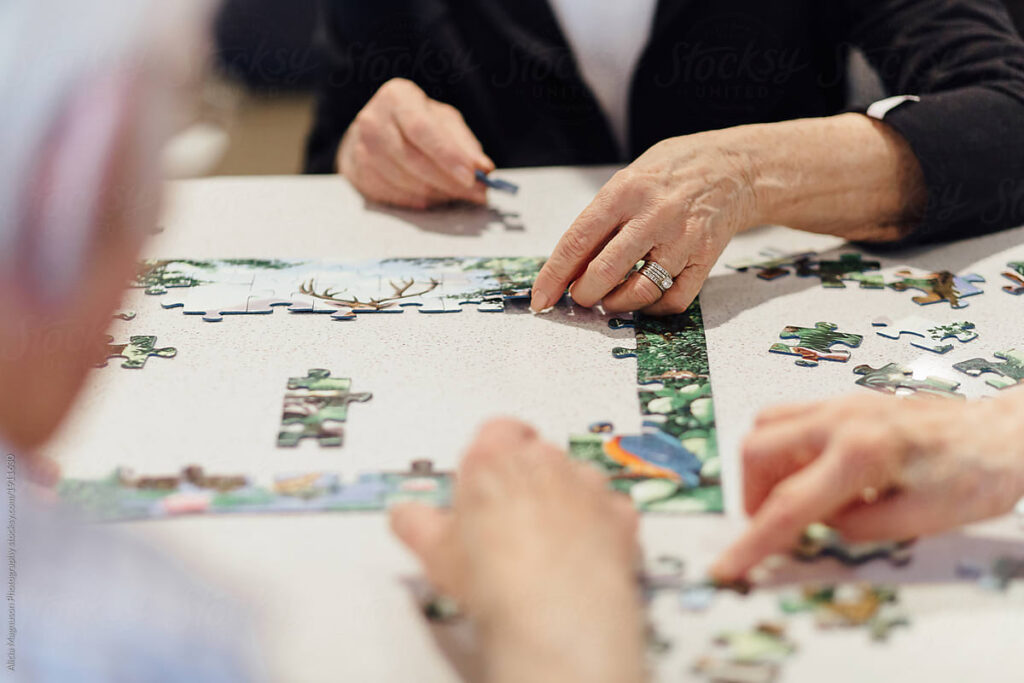Puzzle safety and regulation are essential components of puzzle manufacturing, which guarantees the product complies with statutory and market requirements. The above factors are important to puzzle manufacturers to ensure that users, especially children, are not harmed and to ensure that there is confidence in the market. The rules regarding the used material and the design enable the manufacturers to provide consumers with reliable and safe products.
Material Safety in Puzzles
Some of the important safety factors that need to be followed when designing puzzles include the use of non-toxic colors in the finishing and non-BPA plastics. VOC-free coatings protect children from coming into direct contact with toxic substances and make puzzles easier to handle because children often touch them. Plastics without BPA avoid the dangers of hazardous substances and guarantee puzzle pieces are harmless to the touch and in case of accidental ingestion.

Puzzle manufacturers also pay attention to environmental concerns and ensure that they use recycled cardboard and water-soluble inks. These are not only environmentally friendly but also promote safety standards that the growing market demands from companies’ products.
Child-Safe Features
In case of puzzles that are meant for kids, manufacturers add extra measures of protection. The corners are rounded off as is typical in most industrial designs so as to avoid causing harm to the handlers. This feature also makes the pieces free from sharp edges hence making the assemblies safe for kids.
Concerning choking hazards, the production of puzzles follows legal requirements for the size of small parts. Products are intended to be sufficiently large in size so that it is practical for them not to be swallowed with due compliance with child safety laws. This also assists parents and teachers in determining the correct age to use the product; thus, clear labeling informs the consumers.
International Safety Standards
As for building puzzles, manufacturers have to meet the safety standards of the international market to fit global markets.

ASTM F963 is a safety specification standard for toys in the United States with regard to play safety, material toxicity, and labeling of toys. Likewise, the EN71 certification in Europe sets the rules of physical and chemical safety for toys, making certain that products undergo appropriate testing.
These standards show the willingness of a manufacturer to provide quality products in the market and thus open the market for products in the international market. Similar to written information, the use of logos, such as certification logos on the packaging, is another method of making compliance information easily noticeable and giving a form of assurance to the buyers.
Conclusion
Adherence to the safety standards is paramount when it comes to manufacturing puzzles to meet the material’s safety standards and child-appropriate designs. When speaking about the choice of materials, absence of sharp angles, and following ASTM and EN71 certifications, puzzle makers provide safe and secure toys. These practices not only preserve the consumers’ interests but also enhance the market credibility and sustainability of the puzzle industry.

